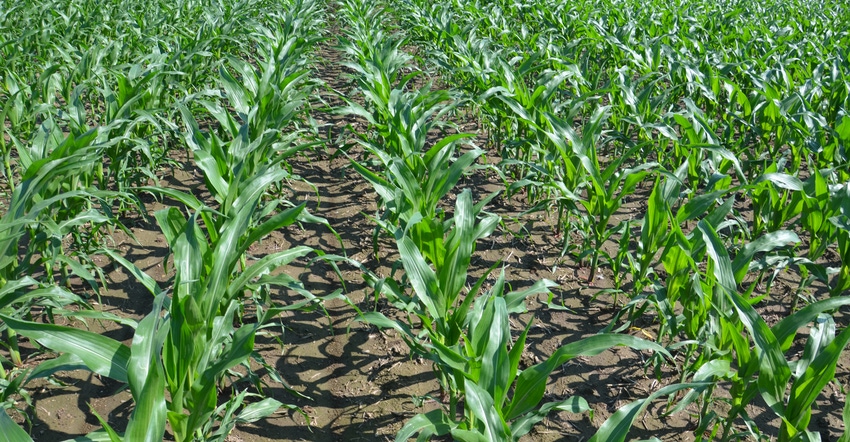
If Bob Nielsen could teach farmers one thing, it might be this: He would help them understand how to distinguish between good data and suspect information — between fact and fiction. Nielsen, Purdue University Extension corn specialist, says growers are bombarded with various claims through all kinds of media.
“Remember to run what you read or hear through a filter rather than just accepting it at face value,” he says. “When you’re relying on information to make decisions that affect your bottom line, you need to be sure that information is reliable.”
Sometimes statements that salespeople or agronomists make aren’t meant to mislead, but they may not be rooted in solid facts. And the reality is that sometimes they are meant to mislead. Nielsen believes it’s your responsibility to determine if a statement is credible.
Case in point
Here’s a real example Nielsen uses with growers. “I ask them to consider the logic of a quote,” he says. “I took it from a farm magazine interview many years ago. The story was with a seed company agronomist, discussing ‘proven’ steps to improve corn yield.”
Here is the quote: “Upping population by planting 4,000 more seeds per acre at current seed prices would cost about $14.89 per acre. Four thousand more ears could add 28 bushels per acre. Even at today’s corn price, that’s pretty simple math and a clear-cut advantage for higher population.”
Nielsen’s first reaction was that the statement deserved “thinking over a little bit.” He applied what he calls the “credible thinker’s checklist.” It has four points: credibility of source, plausibility of claim, supporting data and interpretation of results.
You may not be familiar with a source’s name. Even if you assume he or she is credible, move on to plausibility. Is the claim believable?
“For 4,000 ears to increase yield 28 bushels per acre, that requires an average ear size of 16 rows by 35 kernels per row, plus an average kernel weight factor of 80,000 kernels,” Nielsen says. “That part is plausible. You can run the yield estimate formula and show it.
“But an increase of 28 bushels per acre for adding 4,000 plants equals a linear yield increase, on a graph, of 7 bushels for each additional 1,000 plants. Is that plausible?
“Remember, we’re talking adding more plants near or beyond the point of optimum population. Our data shows that at some point, if you keep adding population, you get zero extra yield or lose yield. Overall, our data indicates a 3-bushel increase per 1,000 plants up to the point of agronomic optimum yield.”
Final analysis
Supporting data and interpretation of results are where this claim runs into problems, Nielsen says. As noted, data he and his colleague Jim Camberato have amassed through replicated trials show the agronomic optimum population for corn to be 32,000 to 33,000 plants per acre, with an agronomic optimum seeding rate of 34,000.
That’s if you’re only interested in highest yield. The economic optimum seeding rate based on those trials would be closer to 30,000 seeds per acre, Nielsen notes. Can you find individual trials that support higher economic seeding rates? Yes, he acknowledges. But how many years of data do they involve? Were they replicated? Do they stack up against dozens of trials over multiple locations at multiple sites?
“We just want growers to think through statements and their implications before taking it as gospel,” he says.
About the Author(s)
You May Also Like




